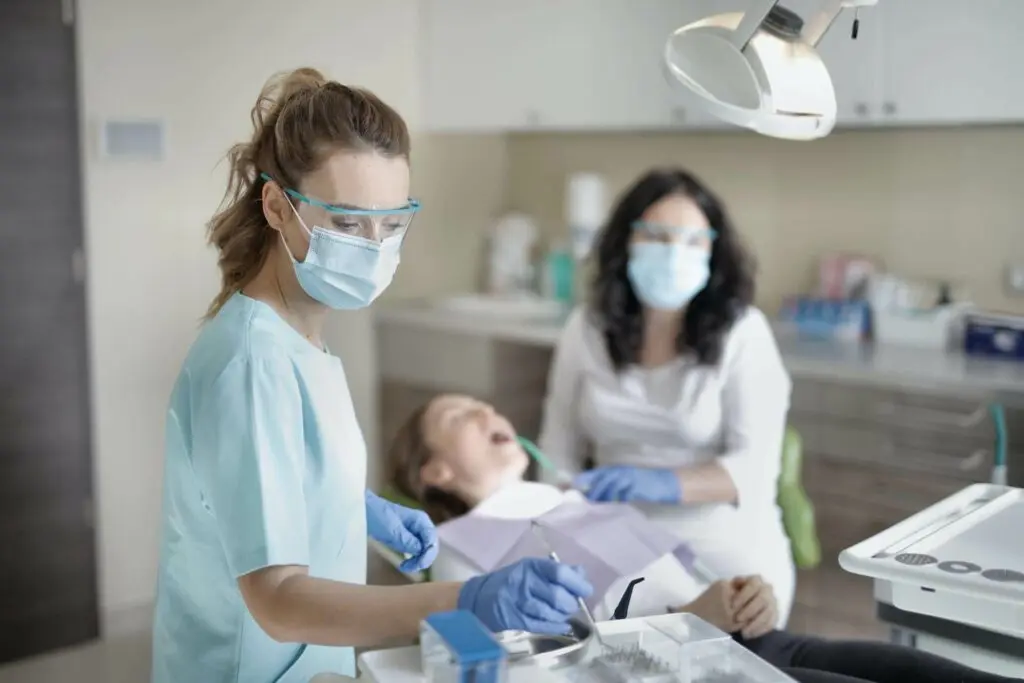With around 90% of US citizens with private dental coverage receiving their dental benefits via their employer or another dental program, it is no surprise that innovation in the dental industry is a major focus for researchers. Here are some insights into recent advancements in dental technology.
The New And Convenient
The increased number of technological dental breakthroughs have brought a higher level of convenience for patients, due to their use as an alternative to uncomfortable traditional methods. These developments’ underlying purpose is to make access to dental treatment readily accessible and raise the quality of treatment for patients. For example, many dental practices are not requiring consultation visits for every circumstance, and are instead considering more of a hybrid approach that rides on technology. This even extends toward remote consultations, so that those with disabilities and special needs may also have their teeth observed via photo or video chat.
3D Printing
Another technological development is the adoption of 3D printing tech. This allows for plastic retainers, braces, mouth guards, and more to be printed with reliable materials, and often more economically than more traditional methods. Other uses for 3D printing include creating tactile mock-ups and surgical guides to give dental surgeons and researchers a more involved way to prepare and study. From saving time to avoiding unnecessary costs, 3D printing certainly seems to be here to stay in the dental field.
Dental Laser Technology
Another form of technology that is becoming more mainstream with each year that passes is laser dentistry. Whether it’s used for teeth whitening, removing tooth decay, changing the gums’ shape, or eliminating bacteria in complex root canals, there are unique applications for laser technology in the dental industry. These mitigate the use of anesthesia, which used to be closely associated with traditional dental practices.
Patients who have been treated with laser technology have been found to be less anxious than those who have been treated with a traditional dental drill. The adoption of laser in the dental industry is projected to have a compound annual growth rate of 6.8%.
Increased adoption of these modern approaches is also beneficial for patients covered by dental plans. As a result, patients receive the described benefits in convenience and economy, which expands their wellbeing and access to options in dental care that the prohibitive costs of antiquated methods may not have afforded them.
